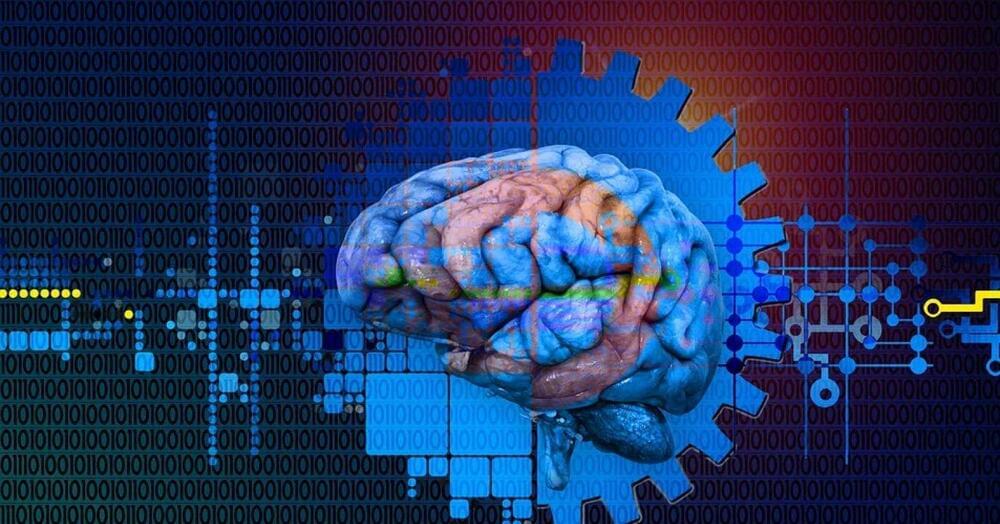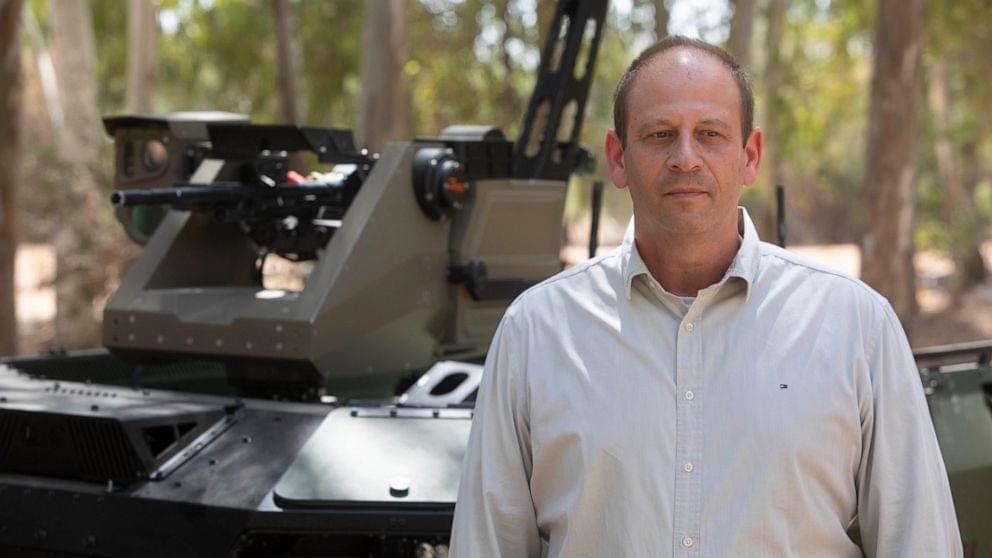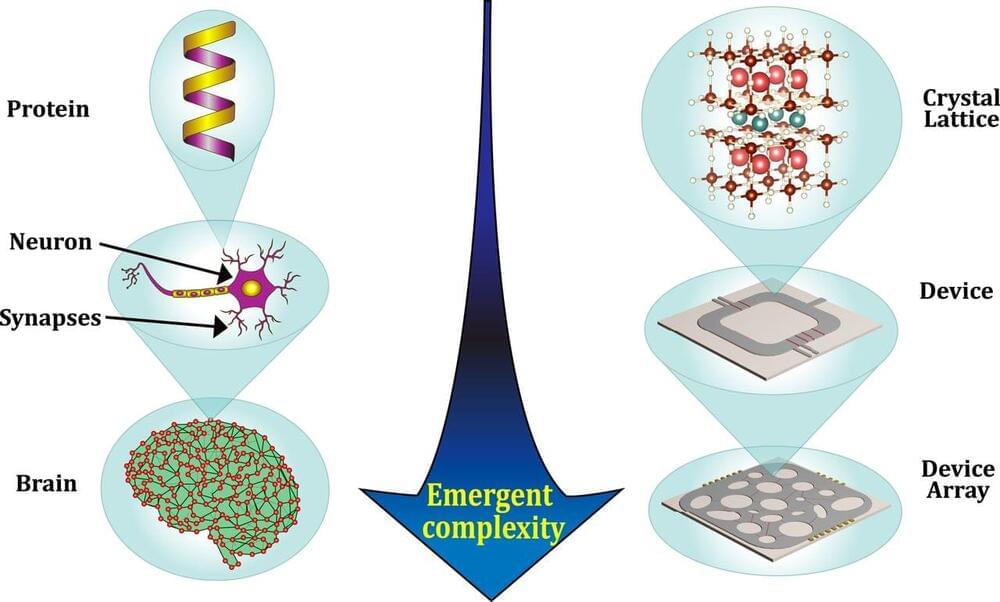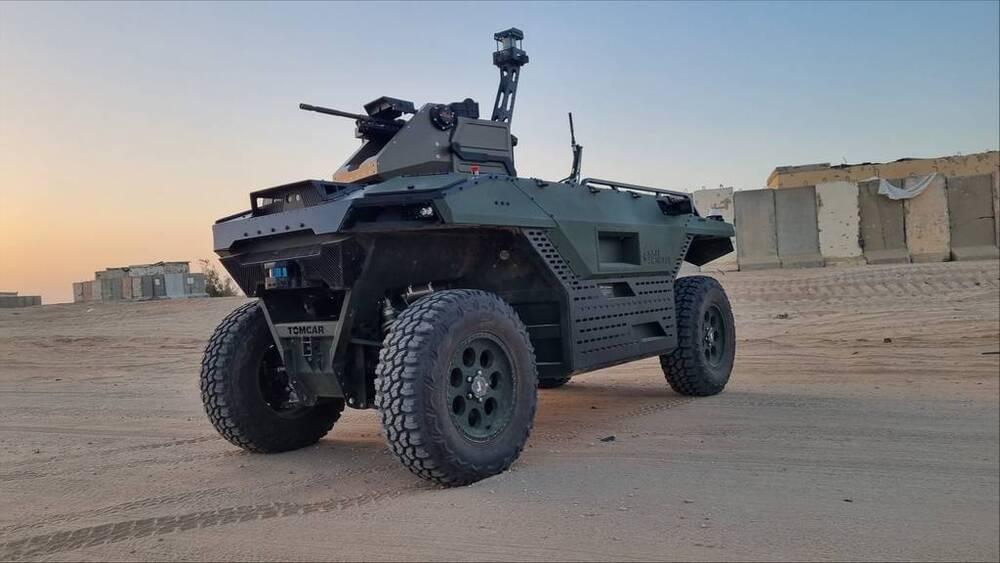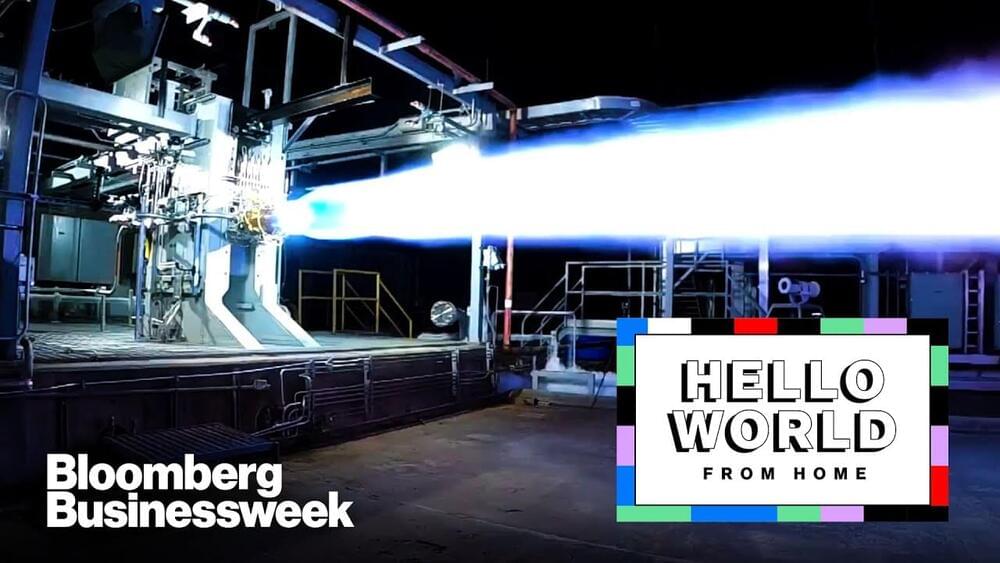Pandemic lockdown forces a new perspective on designs for futuristic AI-based computing devices.
Isaac Newton’s groundbreaking scientific productivity while isolated from the spread of bubonic plague is legendary. University of California San Diego physicists can now claim a stake in the annals of pandemic-driven science.
A team of UC San Diego researchers and colleagues at Purdue University have now simulated the foundation of new types of artificial intelligence computing devices that mimic brain functions, an achievement that resulted from the COVID-19 pandemic lockdown. By combining new supercomputing materials with specialized oxides, the researchers successfully demonstrated the backbone of networks of circuits and devices that mirror the connectivity of neurons and synapses in biologically based neural networks.


